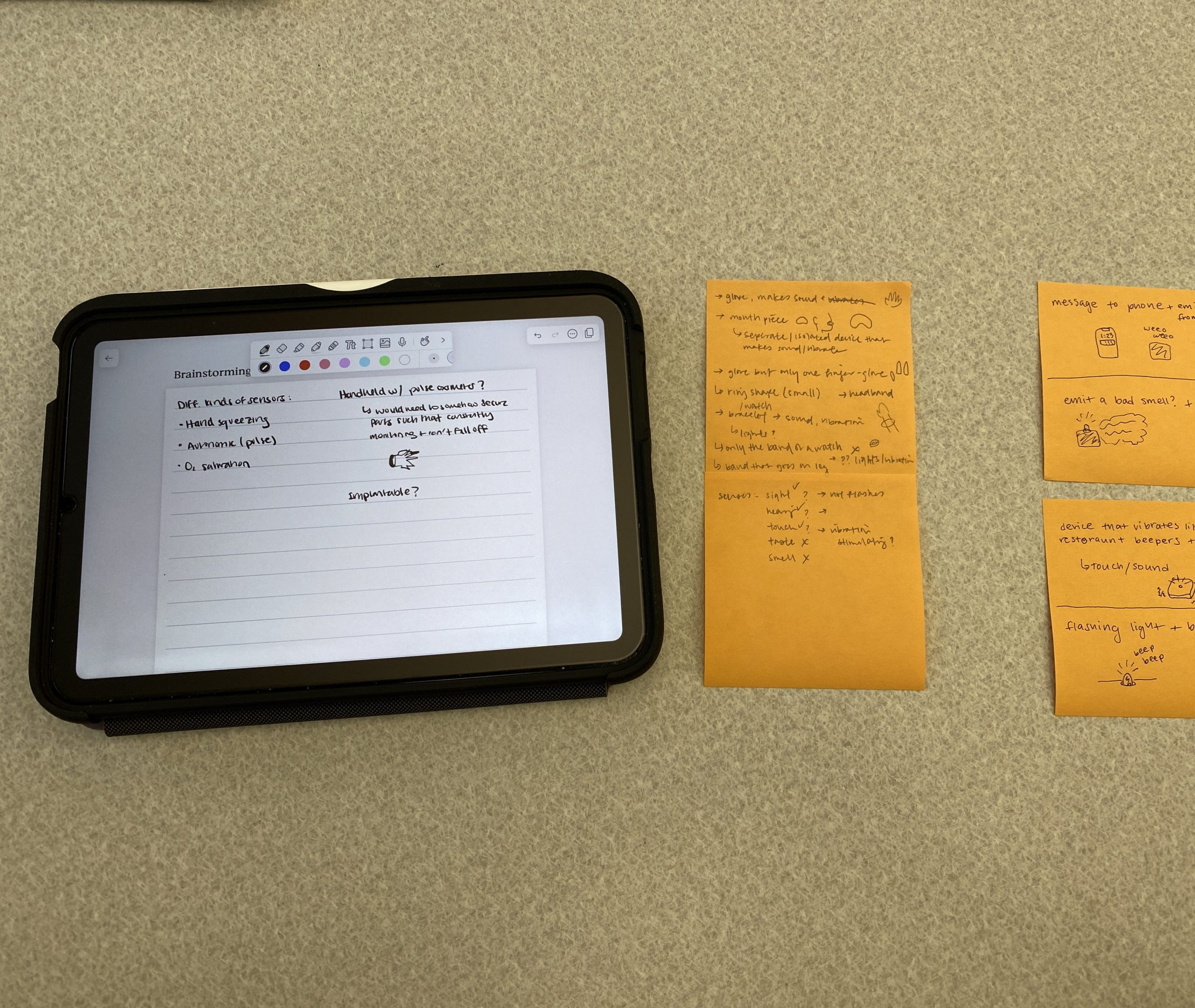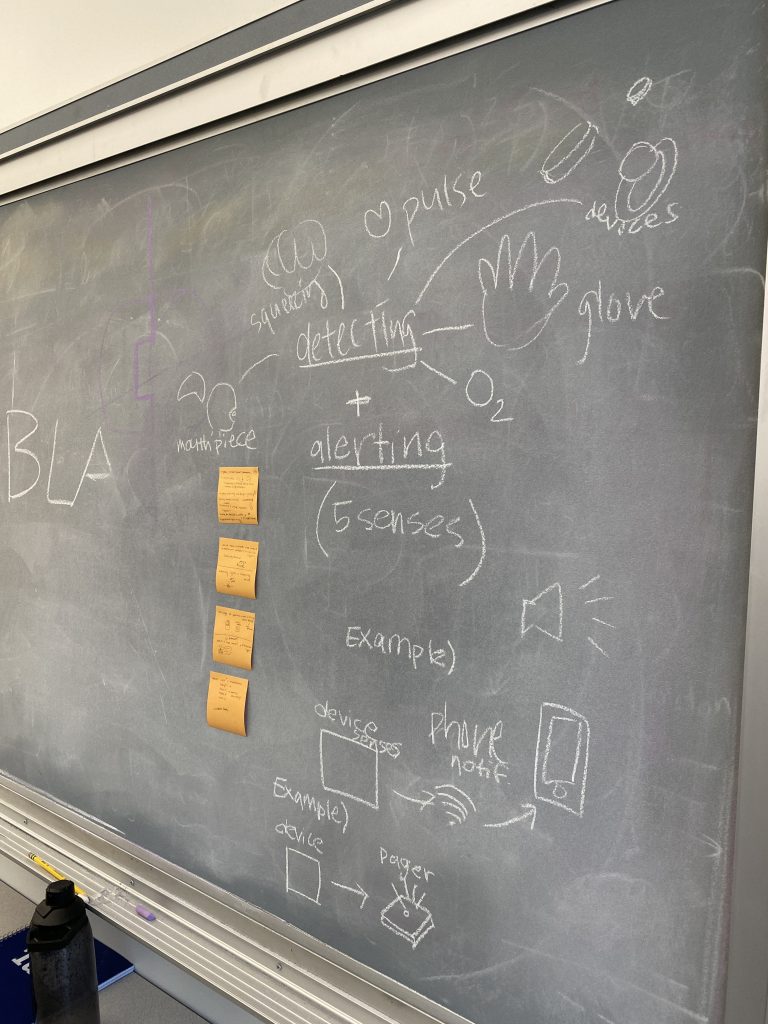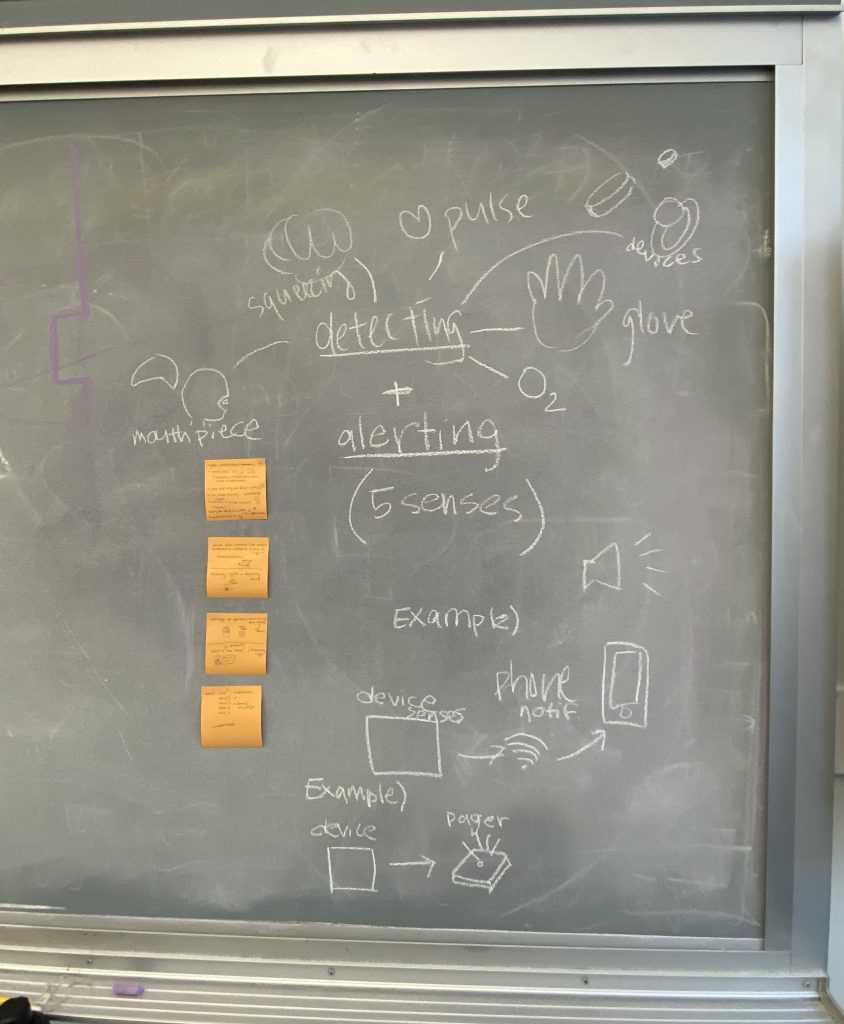12/8/2024: We finished the directions intended to arrive with the device detailing intended use, set-up, and safety.
12/3/2024: We finished assembling our prototype by attaching all working pieces to the glove and testing for proper functionality. A pocket to hold the circuit components was added to the glove as well as velcro on the side to secure the glove. We also minimized wiring on the circuit board during this step, switching from long jumper wires to metal breadboard wires and shorter jumper wires.
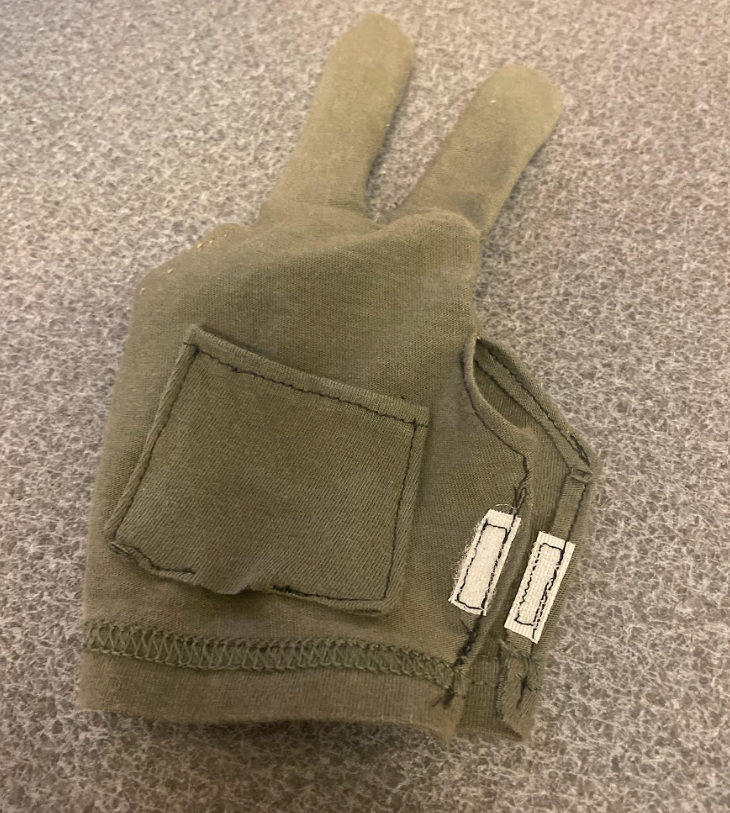
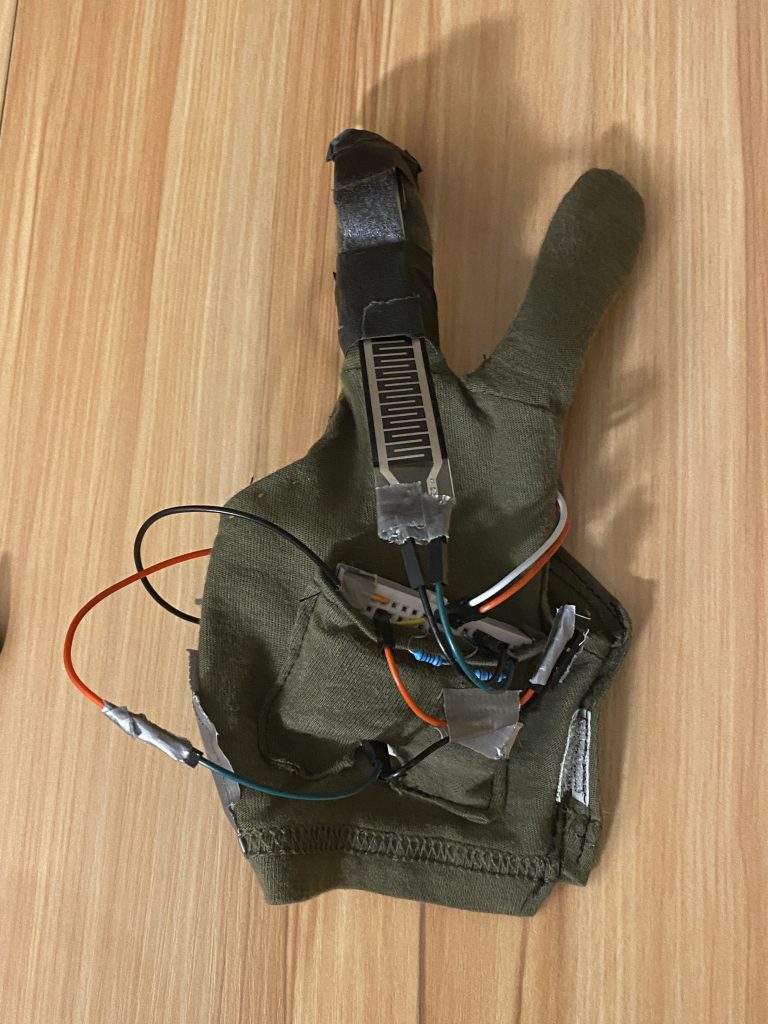
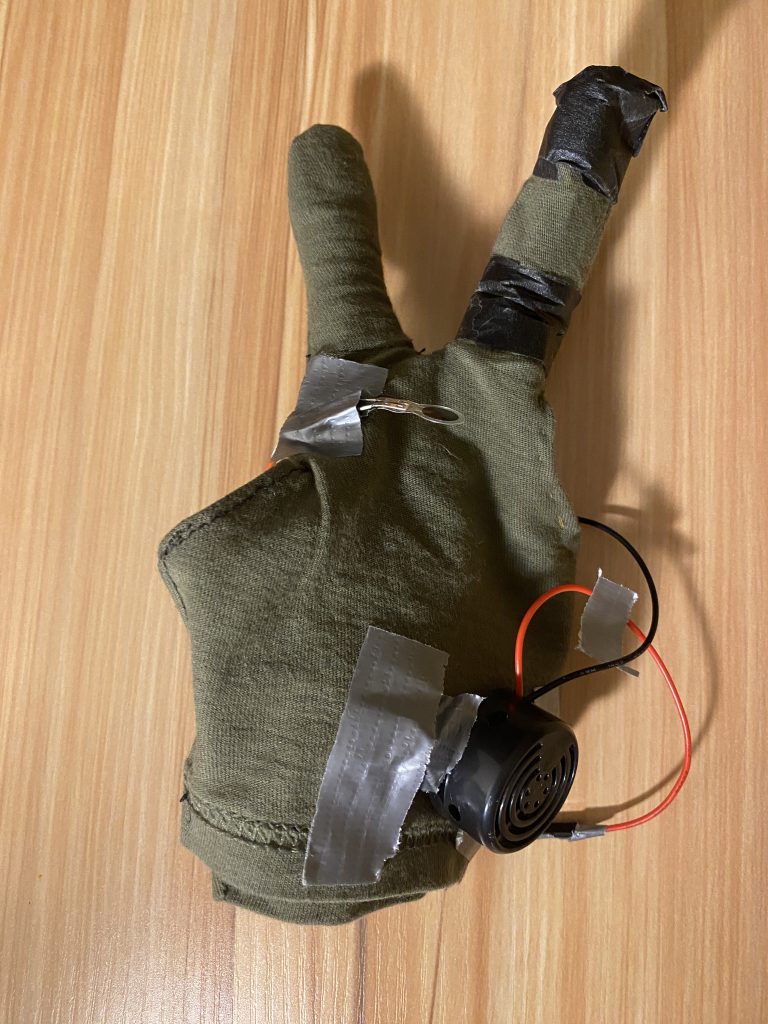
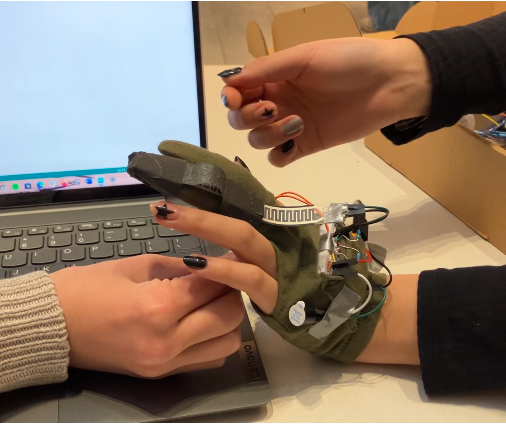
11/26/2024: We revised our FMEA to include the severity and occurrence rating definitions and examples.
11/25/2025: We finished assembling our initial version of the circuit components and tested for functionality with both sensors, the buzzer sound alarm, and the button double-press function. We also prevented the alarm from being turned off from single presses and long presses, making a double press required for acknowledging the alarm.
11/19/2024: We established preliminary threshold values for the pressure and flex sensor using our first prototype while waiting for delivery of parts for our next prototype. We averaged the pressure sensor values from hand clenching for three team members and found the equivalent sensor reading using weights. We then measured the weights in grams using a scale and further converted those values to Newtons. For the flex sensor, we found the sensor reading that was equivalent to a clenched fist.



11/16/2024: We designed and completed sewing the glove component of our device with two gloved fingers (index and middle) using cotton fabric.


11/13/2024: We finalized the circuit design for our final prototype in Fritzing, focusing on miniaturizing our circuit to fit on the back of the hand using a Nano Arduino ESP32 and miniature breadboard. We also incorporated the flex sensor and button.
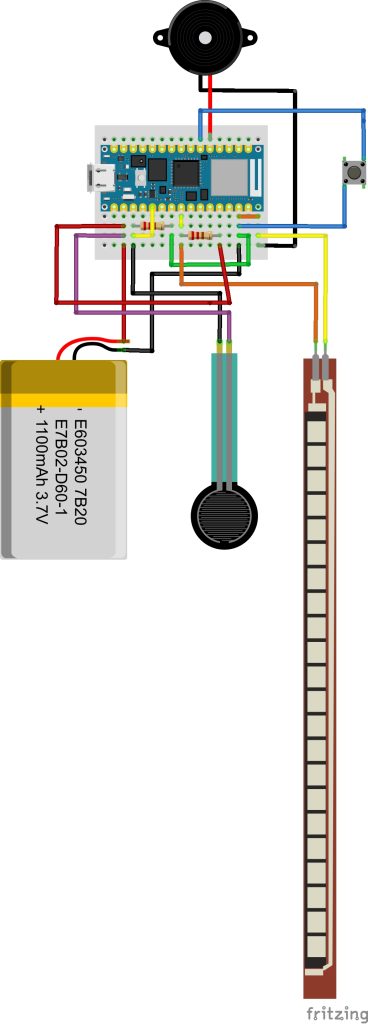
11/6/2024: We completed our initial Fault Tree Analysis and FMEA for Usability/Risk Analysis to identify the hazards of our device.
11/2/2024: We designed our first prototype using a pressure sensor, buzzer, and LCD system with an Arduino. We tested whether this system sounded the alarm when above a pressure threshold (500 Ohms on the sensor reading) and did not sound below that threshold depending on whether the gloved hand was clenched or open.
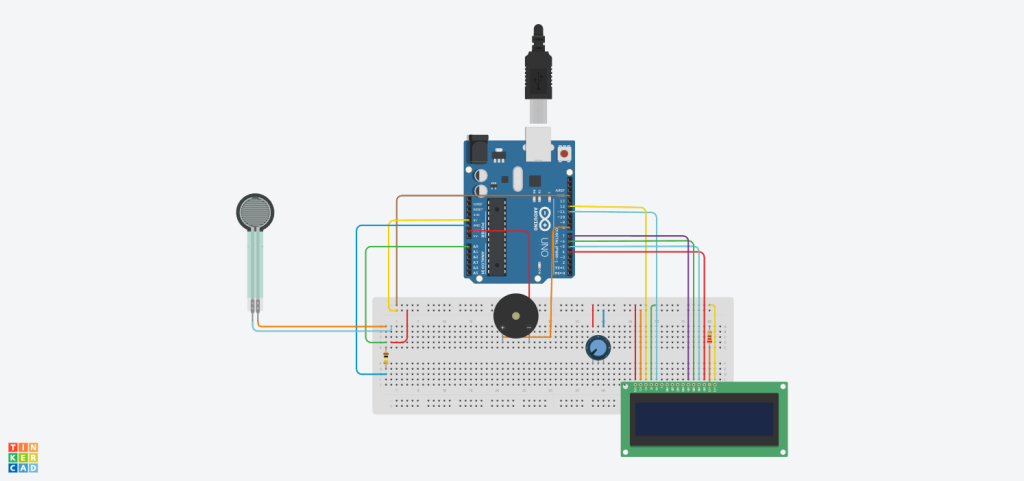
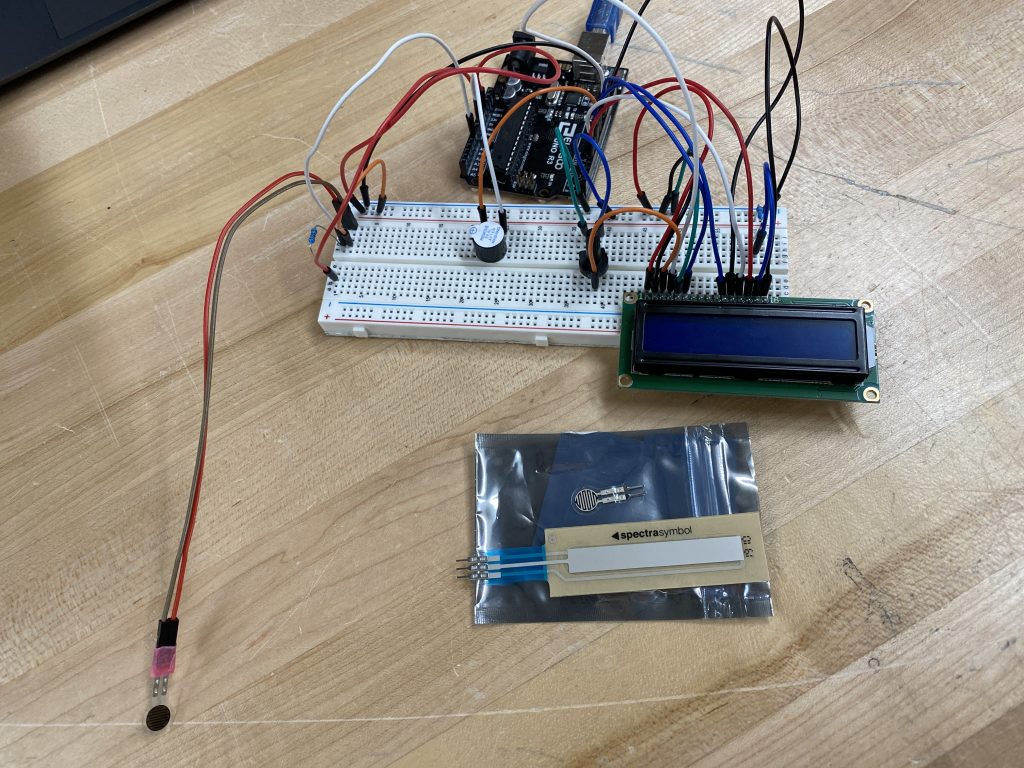
10/30/2024: After deciding on the glove concept, we designed an initial sketch of the glove considering different features such as the type and location of the pressure/bend sensors.
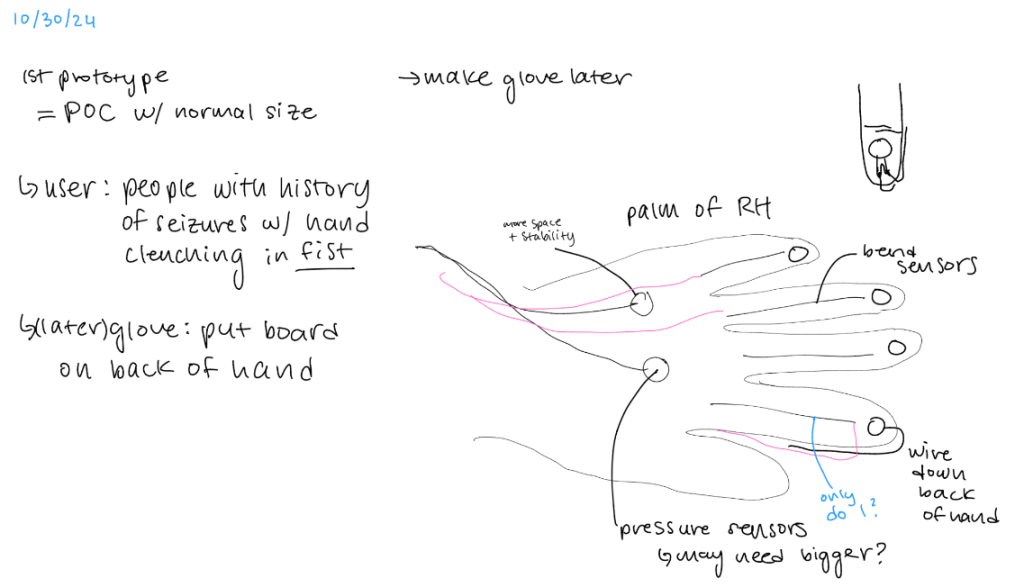
10/20/2024: We completed our Pugh Matrix for concept selection to decide concepts for both detection and alerting (Link). Based on the Pugh Matrix, the glove, watch, or mouth piece were most advantageous for detection, while phone notification, beeper, and light alert were most advantageous for alerting.
10/7/2024: We met as a group to brainstorm initial concepts for our device based on our user needs and proposed a two-part system with both detection and alerting components. Below are photos documenting our ideation session.
